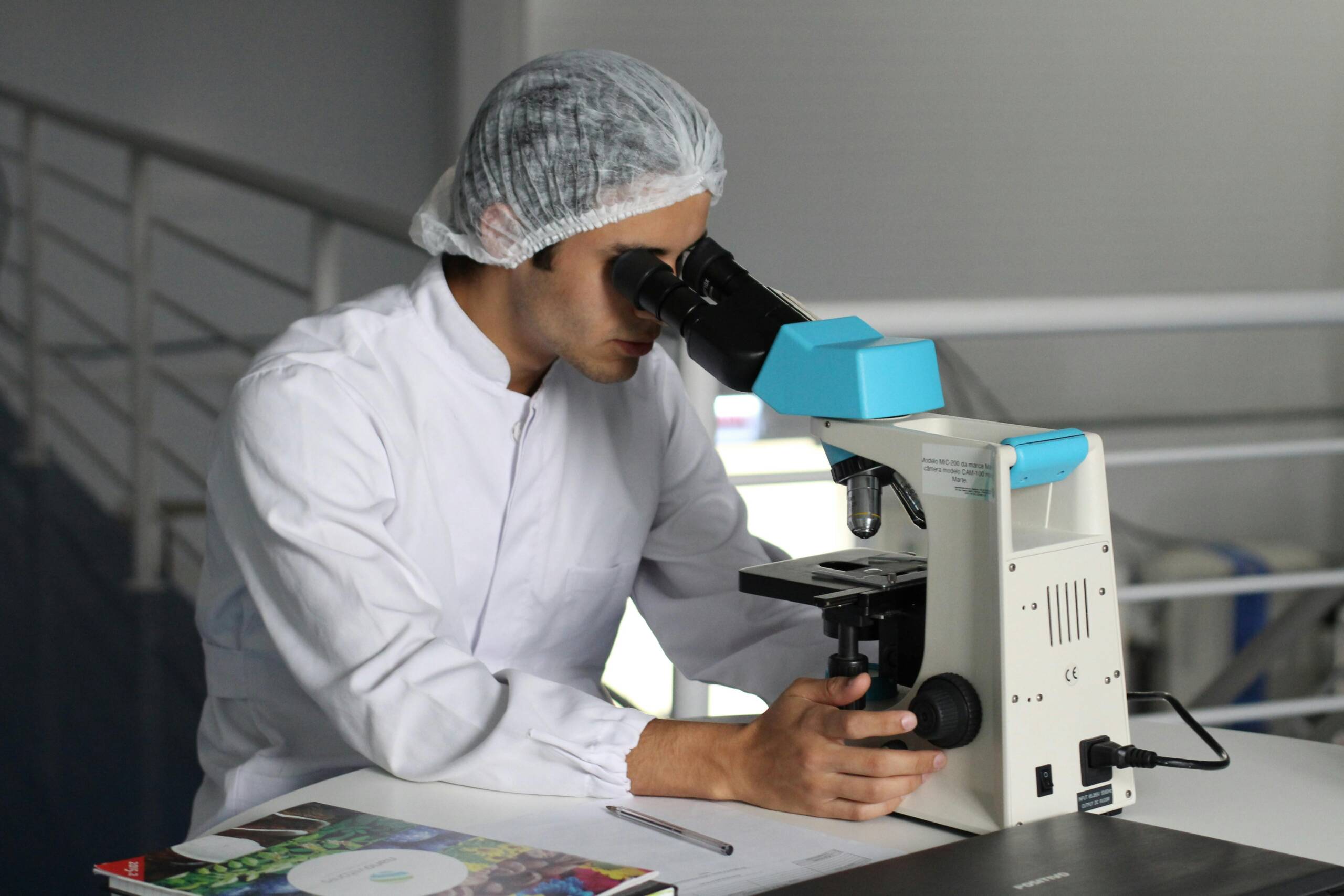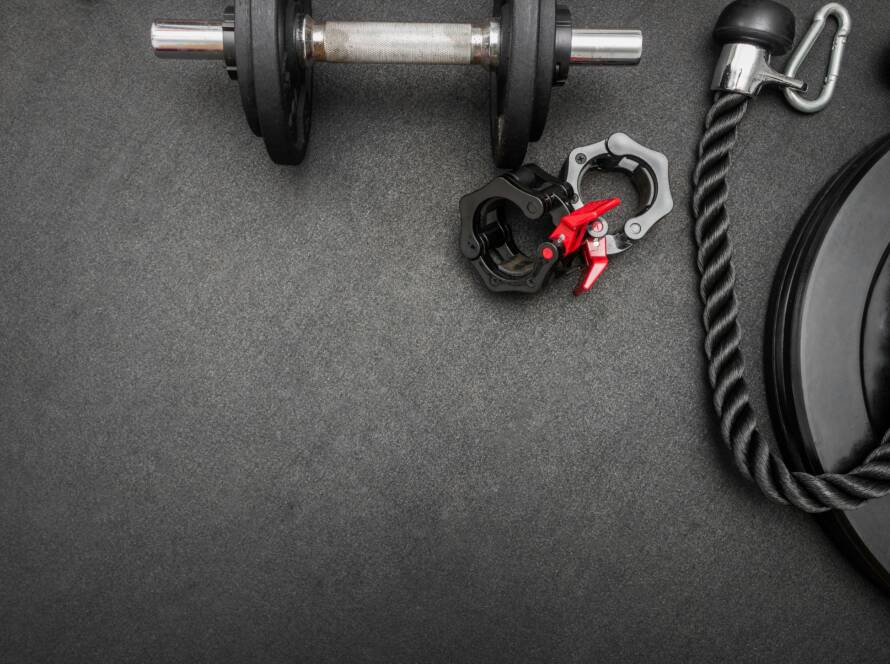Introduction: Understanding HGH
Human Growth Hormone, commonly known as HGH, is a naturally occurring peptide hormone that plays a critical role in growth, cell regeneration, and muscle development. Over the past decades, HGH has garnered significant attention not just in clinical settings but also in the fitness and bodybuilding communities as a potent tool to enhance athletic performance, accelerate recovery, and even aid fat loss.
In this article, we’ll explore:
The science behind HGH
How it boosts performance and recovery
Its benefits and potential side effects
Practical guidelines on cycles and usage
Answers to frequently asked questions
Whether you’re considering HGH as part of your performance stack or simply curious about its benefits, read on for a comprehensive deep dive into this powerful hormone.
What is HGH?
Human Growth Hormone is produced by the pituitary gland and is essential for normal growth in children and for maintaining tissues and organs throughout life. In adults, HGH aids in repairing cells and tissues, supports bone density, and helps regulate body composition.
Key Functions of HGH:
Stimulates Cell Growth: Promotes the regeneration of muscle, cartilage, and bone cells.
Enhances Metabolism: Boosts fat metabolism, assisting in the reduction of body fat.
Improves Protein Synthesis: Aids in the repair and building of muscle tissue.
Increases Energy Levels: Supports overall stamina and recovery.
These functions underscore why HGH has become a favorite among athletes looking to improve strength, reduce recovery times, and achieve a leaner physique.
How Does HGH Boost Performance?
1. Accelerated Muscle Recovery
One of the primary benefits of HGH is its ability to speed up the recovery process. After intense workouts, HGH helps repair muscle fibers, reducing downtime between training sessions and allowing for consistent, high-intensity exercise routines.
2. Enhanced Muscle Growth
By increasing the rate of protein synthesis, HGH promotes muscle hypertrophy. This means more muscle is built in less time, making it a sought-after option for athletes focused on bulking and gaining strength.
3. Fat Loss
HGH has lipolytic properties — it encourages the breakdown of fats in the body. This can help athletes achieve a leaner, more defined physique even while maintaining or increasing muscle mass.
4. Improved Recovery from Injuries
Thanks to its regenerative properties, HGH accelerates the healing of wounds and injuries. Athletes prone to strains, sprains, or more severe injuries may find that HGH reduces recovery times and improves overall joint and tissue health.
5. Increased Energy and Endurance
By promoting cellular regeneration and metabolic health, HGH contributes to sustained energy levels throughout the day. This increased stamina allows for longer and more effective training sessions.
The Science Behind HGH
How It Works:
HGH binds to specific receptors found on many cell types, which then trigger pathways that promote cell growth and regeneration. One significant pathway involves the production of Insulin-like Growth Factor 1 (IGF-1), which directly influences muscle tissue growth and recovery.
A Comparison Table of HGH Effects:
| Benefit | Mechanism | Impact on Performance |
|---|---|---|
| Muscle Growth | Increases protein synthesis | Larger, stronger muscles |
| Fat Loss | Enhances lipolysis | Leaner physique, improved shape |
| Recovery | Accelerates cell repair processes | Faster recovery, reduced injury downtime |
| Endurance | Enhances metabolic processes | Sustained training, high stamina |
The synergy between HGH and IGF-1 is why many athletes not only see increased muscle gains but also improved recovery and endurance, making HGH a valuable component of a comprehensive performance-enhancing stack.
Practical Usage Guidelines for HGH
Typical HGH Cycle
A typical HGH cycle can vary widely, but many experienced users follow a regimen where HGH is used daily for several months. Dosages depend on the user’s goals (e.g., bulking, fat loss, or recovery), experience level, and body composition. It’s essential to note that HGH should be used under proper guidance to avoid side effects.
Best Practices:
Start Low and Gradual: Begin with a lower dose to evaluate your body’s response.
Combine with a Healthy Diet and Exercise: HGH works best when paired with regular exercise and adequate nutrition.
Monitor Your Body: Regular blood work and clinical supervision help ensure safe usage.
Cycle Duration: Users typically see results in cycles lasting 12 to 24 weeks, with continued use providing maintenance benefits.
Supplementing with Ancillaries:
Often, users incorporate additional compounds such as peptides to enhance the synergistic effects. Many athletes also focus on recovery support supplements, which dovetail neatly with HGH to maximize overall performance gains.
Potential Side Effects and Considerations
While HGH offers numerous benefits, it’s important to consider potential side effects:
Joint Pain: Some users may experience joint or muscle discomfort.
Swelling: Edema or fluid retention can occur, particularly at higher doses.
Insulin Sensitivity: Long-term use might impact insulin sensitivity.
Acromegaly Concerns: Excessive doses can lead to unwanted bone growth and other hormonal imbalances.
Mitigation Strategies:
Regular Monitoring: Periodic blood tests help track your hormone levels.
Dosage Adjustments: Always adhere to recommended dosages and seek clinical advice.
Cycle Breaks: Giving your body time to reset can help minimize long-term risks.
It’s essential to consult with a healthcare professional before embarking on any hormone or performance-enhancing regimen.
Clinical & Athletic Success Stories
Many athletes have turned to HGH as an essential part of their performance and recovery strategies. While individual results may vary, studies have shown that HGH can significantly improve muscle mass, reduce body fat, and speed up recovery times.
Case Example:
An elite athlete integrated HGH into his training regime for a 16-week cycle. Alongside a structured workout and nutrition plan, he experienced a 15% increase in lean muscle mass and a notable reduction in fat percentage, all while recovering faster from intense training sessions.
These real-world experiences underline how HGH can serve as a potent tool for those looking to push their performance boundaries.
Frequently Asked Questions (FAQ)
Q1: What are the primary benefits of HGH?
A: HGH supports muscle growth, accelerates recovery, increases fat metabolism, and improves energy and endurance through enhanced cell regeneration and IGF-1 production.
Q2: How long does it take to see results with HGH?
A: Results can vary, but most users notice improvements in muscle gain and recovery within 12 weeks. Continuous use may deliver more pronounced benefits over time.
Q3: Is HGH safe for long-term use?
A: When used responsibly and under clinical supervision, HGH can be safe. However, excessive dosages or prolonged use without proper breaks can result in side effects like joint pain and insulin sensitivity issues.
Q4: Can I stack HGH with other performance enhancers?
A: Yes, many athletes combine HGH with injectable or oral steroids, peptides, and ancillaries to create a synergistic effect. However, stacking should be approached cautiously and with expert guidance.
Q5: Do I need a prescription to buy HGH?
A: HGH is classified as a controlled substance in many regions. At Nova Pharma Labs, we offer products in line with industry standards and legal guidelines for research and performance purposes.
Conclusion
Human Growth Hormone is a powerful ally in the pursuit of peak performance. By accelerating muscle recovery, enhancing growth, and boosting fat loss, HGH offers a multi-faceted approach to physical enhancement. Whether you’re an elite athlete or a dedicated gym enthusiast, understanding and using HGH correctly can help you achieve your goals faster and more efficiently.
At Nova Pharma Labs, we pride ourselves on offering premium, lab-tested HGH products designed for real results. With a focus on safety, quality, and performance, our products are crafted to help you maximize your potential.



1 Comment
drover sointeru
Hi there, I discovered your website by means of Google whilst looking for a related matter, your web site came up, it appears good. I’ve bookmarked it in my google bookmarks.